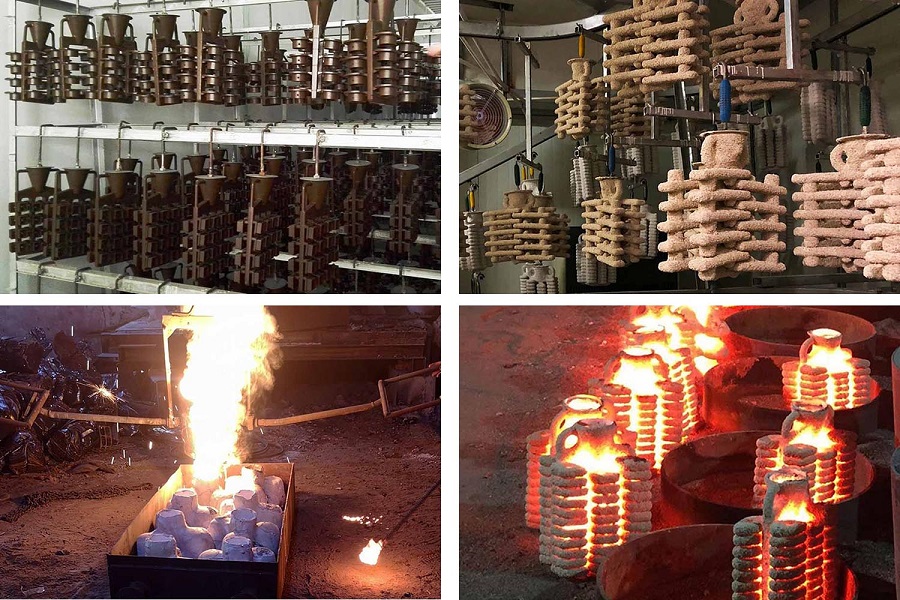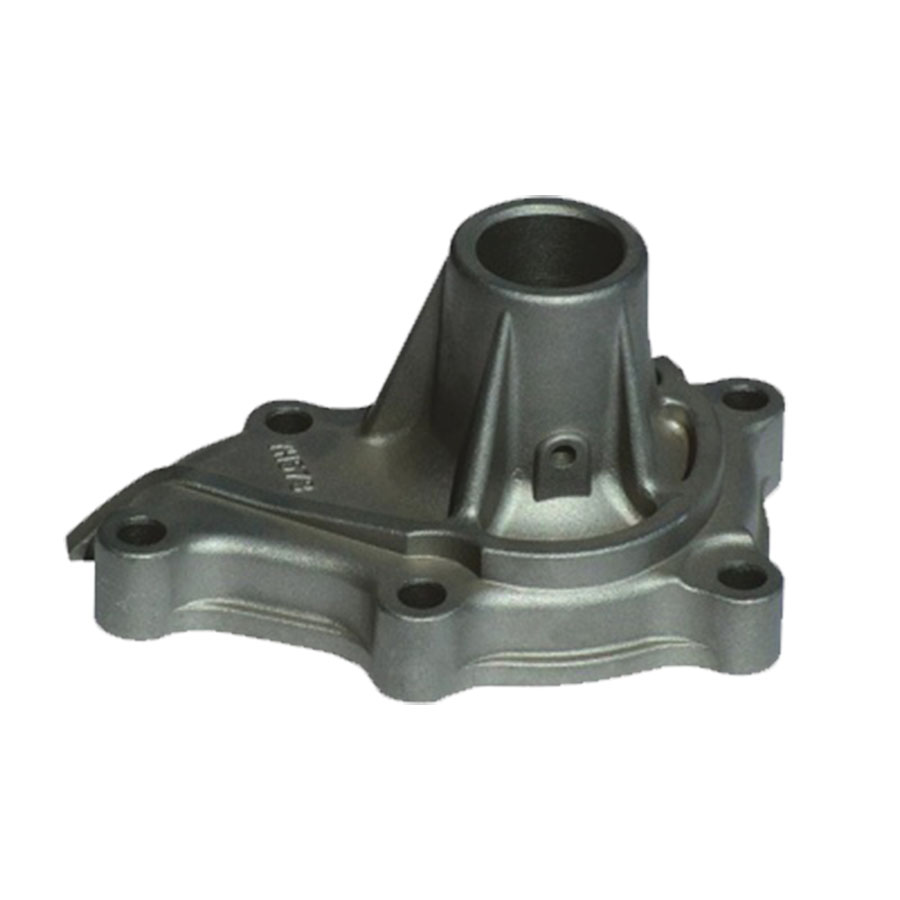
Gray Iron Precision Lost Wax Investment Casting
Material: Gray Cast Iron Process: Precision Lost Wax Casting Weight: 2.60 kg Application: Heavy Duty Truck
OEM Custom Gray Iron Precision Lost Wax Investment Casting from China Foundry with CNC Precision Machining Services
OEM Custom Gray Iron Precision Lost Wax Investment Casting from China Foundry with CNC Precision Machining Services
Cast iron, mainly including the gray cast iron and ductile (nodular) cast iron are generally used for casting by processes of sand casting, shell moulding casting, coated sand casting or lost foam casting. However, for some special situation, the lost wax investment casting process is also used due to their fine surface and higher accuracy. At RMC, we also have tha ability of casting gray iron and ductile with precision lost wax investment casting using silica sol and water glass for shell building.
Cast irons are the ferrous alloys which have carbon contents of more than 2%. Though cast irons can have a carbon percentage between 2 to 6.67, the practical limit is normally between 2 and 4%. These are important mainly because of their excellent casting qualities. The gray cast irons and ductile cast irons (also called nodular cast iron or spheroidal graphite iron).
When cast iron is slowly cooled, the cementite decomposes into iron and carbon in the form of graphite which is called graphitization. Cast irons where a large percentage of cementite is decomposed by graphitization are called grey cast irons. Cast iron in which graphitization has not taken place, i. e, all the carbon is in the combined form, is called white cast iron. The graphitization process requires time and therefore, when liquid cast iron is cooled rapidly, white cast iron would result. White cast iron is comparable in properties to that of high carbon steels. However, it is highly brittle and as such is not used for structural parts. It is useful for parts where abrasive wear is present. Tensile strength varies between 170 to 345 MPa and is usually about 240 MPa. The hardness ranges from 350 to 500 BHN. In view of the very high hardness, the machinability is poor and is commonly finished by grinding.
The dissociated carbon is in the form of graphite which is very soft and without any strength. Thus, it reduces the hardness and increases the machinability of cast iron. The shape of graphite present in cast irons would greatly affect its strength. When it is in a flake-like shape as in grey cast iron, the graphite breaks up continuity of iron and greatly weakens it. But it also helps in absorbing vibrational energy, as a result of which grey cast iron is normally used for the beds of machine tools. Grey cast iron is easily machinable and is the cheapest form of cast iron. Because of its low melting temperature, higher fluidity and negligible shrink-age on cooling, it is extensively used in casting processes.
The other form of cast iron is known as malleable iron in which free carbon is present in the form of nodules in the matrix of cementite and ferrite. This is achieved by first chilling the casting so that all white cast iron is formed, followed by a controlled heat treatment process so that some of the cementite is transformed to ferrite and nodules of free carbon. This material is more ductile than grey cast iron. This form is suitable only for components with very small section thicknesses since all white cast iron is to form the starting point for malleable iron.
When graphite is present as small, round, and well-distributed particles, its weakening effect is small and such cast irons would have higher ductility. This type of cast iron is called ductile or nodular iron or spheroidal graphite or simply SG iron. This form of graphite can be achieved by adding elemental magnesium or cerium or a combination of the two elements to molten cast iron. Magnesium is added in quantities of 0.07 to 0. 10% followed by the addition of ferro-silicon to promote graphitization. During solidification, magnesium helps in the distribution of graphite throughout the metal.
Ductile iron has better strength-to-weight ratio, better machinability and higher impact value. Moreove, the ductile iron components are produced by casting process wherein better control of component shape can be achieved compared to drop forging. Thus, many a component such as crank shafts and connecting rods manufactured usually by drop forging is increasingly being replaced by ductile iron castings.
Investment (lost wax) casting is a method of precision casting complex near-net-shape details using replication of wax patterns. Investment casting or lost wax is a metal forming process that typically uses a wax pattern surrounded by a ceramic shell to make a ceramic mold. When the shell dries, the wax is melted away, leaving only the mold. Then the casting component is formed by pouring molten metal into the ceramic mold.
The process is suitable for repeatable production of net shape components from a variety of different metals and high performance alloys. Although generally used for small castings, this process has been used to produce complete aircraft door frames, with steel castings of up to 500 kgs and aluminium castings of up to 50 kgs. Compared to other casting processes such as die casting or sand casting, it can be an expensive process. However, the components that can be produced using investment casting can incorporate intricate contours, and in most cases the components are cast near net shape, so require little or no rework once cast.
Silica sol casting process is the main steel investment casting process of RMC investment casting foundry. We have been developing new technology of adhesive material to achieve much more economical and effective adhesive material to build the slurry shell. It is a overwhelming trend that Silica sol casting process replaces the rough inferior water glass process, especially for stainless steel casting and alloy steel casting. Besides the innovated molding material, the silica sol casting process has also being innovated to much steadier and less heat expanding.
▶ Ferrous and Non-ferrous Materials for Investment Casting, Lost Wax Casting Process:
• Gray Iron: HT150, HT200, HT250, HT300, HT350; GJL-100, GJL-150, GJL-200, GJL-250, GJL-300, GJL-350; GG10~GG40.
• Ductile Iron or Nodular Iron: GGG40, GGG50, GGG60, GGG70, GGG80; GJS-400-18, GJS-40-15, GJS-450-10, GJS-500-7, GJS-600-3, GJS-700-2, GJS-800-2; QT400-18, QT450-10, QT500-7, QT600-3, QT700-2, QT800-2;
• Carbon Steel: AISI 1020 - AISI 1060,
• Steel Alloys: ZG20SiMn, ZG30SiMn, ZG30CrMo, ZG35CrMo, ZG35SiMn, ZG35CrMnSi, ZG40Mn, ZG40Cr, ZG42Cr, ZG42CrMo...etc on request.
• Stainless Steel: AISI 304, AISI 304L, AISI 316, AISI 316L, 1.4404, 1.4301 and other stainless steel grade.
• Brass, Red Copper, Bronze or other Copper-based alloy metals
• Other Materials as per your unique requirements or according to ASTM, SAE, AISI, ACI, DIN, EN, ISO, and GB standards
▶ Capabilities of Investment Casting Foundry
• Max Size: 1,000 mm × 800 mm × 500 mm
• Weight Range: 0.5 kg - 100 kg
• Annual Capacity: 2,000 tons
• Bond Materials for Shell Building: Silica Sol, Water Glass and their mixtures.
• Tolerances: On Request.
▶ Main Production Procedure
• Patterns & Tooling Design → Metal Die Making → Wax Injection → Slurry Assembly → Shell Building → De-Waxing → Chemical Composition Analysis → Melting & Pouring → Cleaning, Grinding & Shot Blasting → Post Processing or Packing for Shipment
▶ Inspecting Lost Wax Castings
• Spectrographic and manual quantitative analysis
• Metallographic analysis
• Brinell, Rockwell and Vickers hardness inspection
• Mechanical property analysis
• Low and normal temperature impact testing
• Cleanliness inspection
• UT, MT and RT inspection
▶ Post-Casting Process
• Deburring & Cleaning
• Shot Blasting / Sand Peening
• Heat Treatment: Normalization, Quench, Tempering, Carburization, Nitriding
• Surface Treatment: Passivation, Anodizing, Electroplating, Hot Zinc Plating, Zinc Plating, Nickel Plating, Polishing, Electro-Polishing, Painting, GeoMet, Zintec.
• Machining: Turning, Milling, Lathing, Drilling, Honing, Grinding.
▶ Advantages of Investment Casting Components:
• Excellent and smooth surface finish
• Tight dimensional tolerances.
• Complex and intricate shapes with design flexibility
• Capability to cast thin walls therefore a lighter casting component
• Wide selection of cast metals and alloys (ferrous and non-ferrous)
• Draft is not required in the molds design.
• Reduce the need for secondary machining.
• Low material waste.
▶ Why You Choose RMC for Custom Lost Wax Casting Parts?
• Full solution from one single supplier ranging customized pattern design to finished castings and secondary process including CNC machining, heat treatment and surface treatment.
• Costdown proposals from our professional engineers based on your unique requirement.
• Short leadtime for prototype, trial casting and any possible technical improvement.
• Bonded Materials: Silica Col, Water Glass and their mixtures.
• Manufacturing flexibility for small orders to mass orders.
• Strong outsourcing manufacturing capabilities.
To know better about our capabilities of lost wax casting process, please click the following picture to turn to our page of Investment Casting Capabilities:
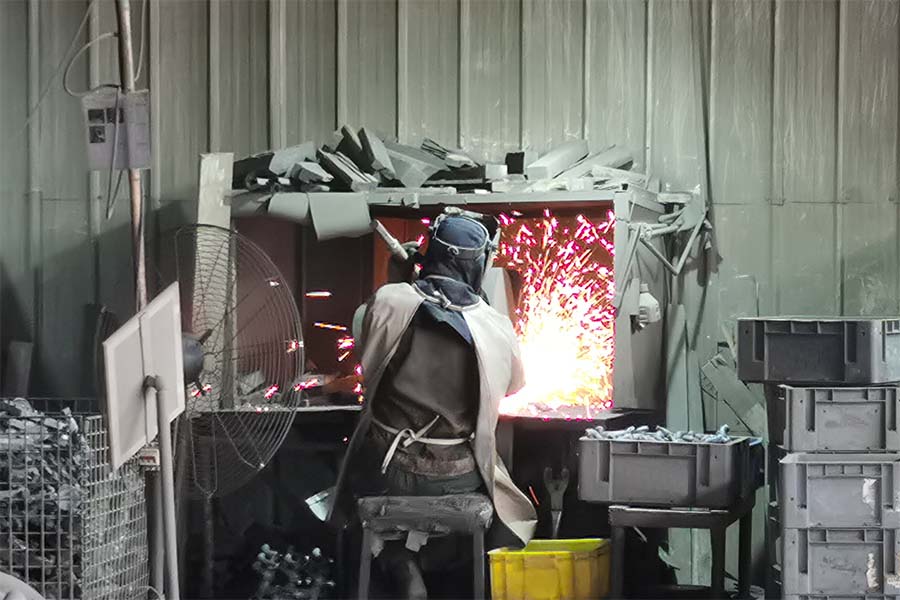
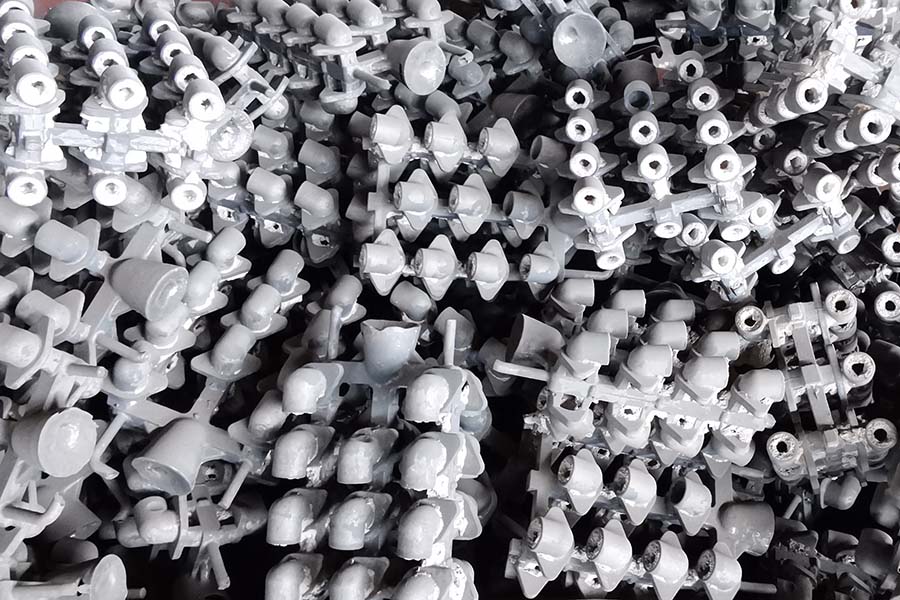
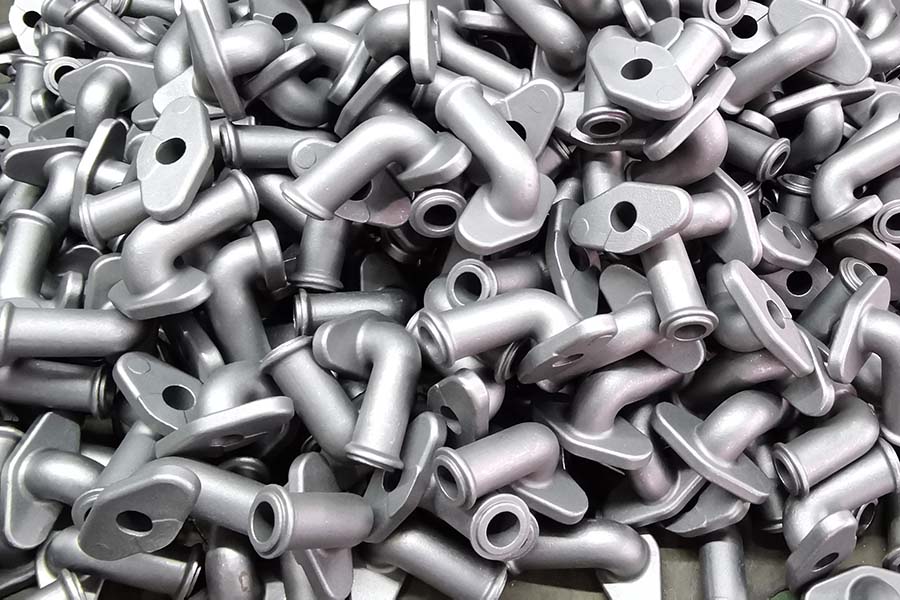
 русский
русский




